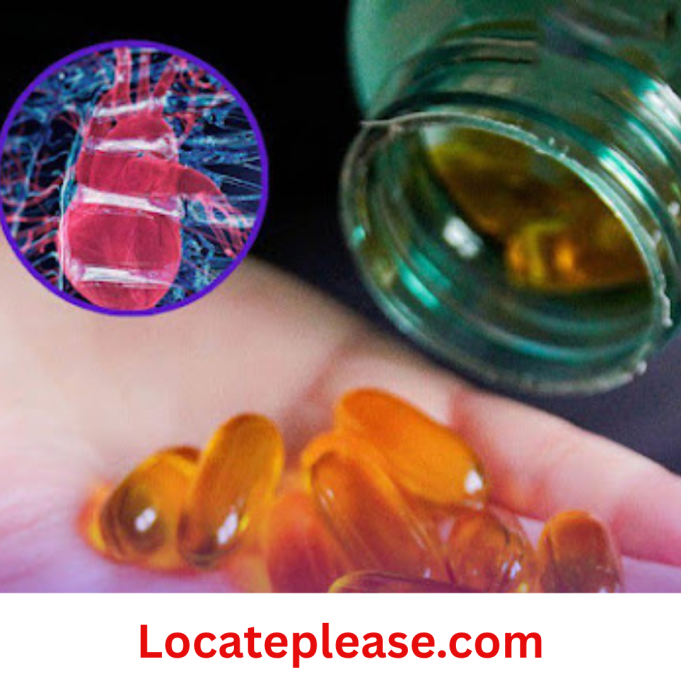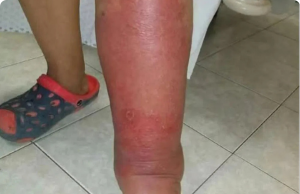Vitamin D—often called the “sunshine vitamin”—is essential for strong bones, a resilient immune system, and overall well-being. It helps your body absorb calcium, supports muscle function, and plays a vital role in mood regulation and immune defense.
But here’s the truth many people miss:
👉 More is not always better.
With around 50% of Brits estimated to be deficient in vitamin D—and 1 in 6 now taking supplements—it’s never been more important to understand how much you should take… and when too much becomes dangerous.
We spoke with experts like Jana Abelovska, Superintendent Pharmacist at Click Pharmacy, to bring you clear, science-backed guidance on how to safely use vitamin D supplements—so you can stay healthy without risking harm.
☀️ Why We Need Vitamin D
Your body produces vitamin D naturally when your skin is exposed to sunlight—specifically UVB rays. But in countries like the UK, where winters are long and sunlight weak, most people don’t get enough year-round.
This is why Public Health England (now the UK Health Security Agency) recommends:
- Everyone over age 4 take a daily supplement of 10 micrograms (400 IU) of vitamin D during autumn and winter.
- At-risk groups (including children under 4, older adults, those with limited sun exposure, or darker skin tones) should consider year-round supplementation.
Deficiency can lead to:
- Soft, weak bones (rickets in children, osteomalacia in adults)
- Increased risk of fractures
- Fatigue, low mood, and weakened immunity
So yes—supplements can be life-changing for those who need them.
But what happens when we go too far?
⚠️ The Hidden Danger: Vitamin D Toxicity
While deficiency is common, excess vitamin D is equally serious—but often overlooked.
Unlike water-soluble vitamins (like C or B-complex), vitamin D is fat-soluble, meaning it’s stored in your body’s fat tissues and liver. Over time, high doses can accumulate to toxic levels.
This condition, known as hypervitaminosis D, leads to dangerously high calcium levels in the blood—a state called hypercalcemia.
💥 Symptoms of Too Much Vitamin D:
- Nausea, vomiting, and poor appetite
- Frequent urination and excessive thirst
- Kidney stones or kidney damage
- Constipation or diarrhea
- Confusion, fatigue, and muscle weakness
- Irregular heart rhythms
In severe cases, prolonged toxicity can cause calcification of blood vessels and organs, including the heart and kidneys—leading to permanent damage.
❗ “People assume ‘natural’ means safe,” says Jana Abelovska. “But just because something is essential doesn’t mean unlimited amounts are harmless.”
💊 How Much Is Too Much?
The recommended daily intake for most adults is 10 mcg (400 IU)—though some health bodies allow up to 25 mcg (1,000 IU) for those at higher risk.
However, the upper safe limit set by the NHS and European Food Safety Authority is 100 mcg (4,000 IU) per day for adults. Exceeding this regularly increases the risk of toxicity.
Yet, alarming trends show that:
- Some over-the-counter supplements contain 5,000 IU or more per dose.
- Wellness influencers promote “megadoses” without medical supervision.
- People self-prescribe based on online advice, unaware they’re stacking multiple sources (sunlight, diet, fortified foods, and supplements).
📉 Real-life case: A man in his 50s took 50,000 IU daily for months, believing it would boost energy. He ended up hospitalized with kidney failure.
✅ Safe Supplementation: What Experts Recommend
Here’s how to protect yourself while staying healthy:
1. Know Your Dose
- Stick to 400–800 IU (10–20 mcg) unless advised otherwise by a doctor.
- Avoid high-dose supplements (>4,000 IU/day) unless prescribed and monitored.
2. Check All Sources
Don’t forget:
- Fortified cereals, milk, and plant-based drinks
- Multivitamins (they often include D)
- Prescription medications (e.g., for osteoporosis)
You might be getting more than you think.
3. Test Before You Supplement Long-Term
If you’re considering long-term use or have symptoms of deficiency, ask your GP for a blood test (25-hydroxyvitamin D). This shows your actual levels and guides proper dosing.
Levels should ideally be:
- Above 50 nmol/L (20 ng/mL): Sufficient
- Below 25 nmol/L (10 ng/mL): Deficient
4. Never Self-Treat With High Doses
High-dose regimens (like 50,000 IU weekly) are sometimes prescribed short-term for severe deficiency—but only under medical supervision.
These are not for daily use and can quickly become dangerous.
5. Watch for Interactions
Vitamin D can interact with certain medications, including:
- Steroids (e.g., prednisone)
- Weight-loss drugs (like orlistat)
- Cholesterol-lowering statins
- Certain epilepsy treatments
Always consult your pharmacist or doctor if you’re on medication.
🌞 Final Thoughts: Balance Is Key
Vitamin D is vital—but like all good things, balance matters.
Just because sunshine feels warm doesn’t mean you should bask in excess. And just because a supplement is beneficial doesn’t mean doubling up doubles the benefit.
As Jana Abelovska puts it:
“Taking vitamin D is like watering a plant. A little keeps it thriving. Too much drowns it.”
So listen to your body. Follow official guidelines. Talk to your healthcare provider.
And remember:
✅ Supplements help fill gaps—not replace reason.
✅ Health isn’t about extremes—it’s about smart choices.
✅ When in doubt, check before you commit.
Because true wellness starts not with the highest dose…
but with the right one.










